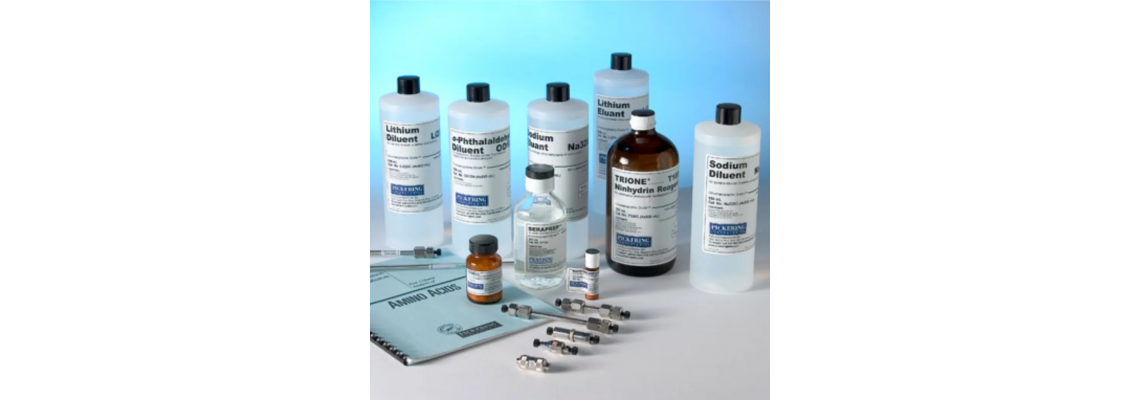
Glyphosate, chemical name N- (phosphomethyl) glycine, chemical formula C3H8NO5P, is an organic phosphine herbicide, is an internal absorption conduction type broad-spectrum herbicide. It has been used for decades to protect a wide variety of crops, and it is the most heavily used herbicide in the world due to its extensive use in agriculture.
Method For Glyphosate Detection
Glyphosate in drinking water can be directly injected into the HPLC with PPS. Pphoate containing a primary amine group can also react with phthalaldehyde (OPA) reagents. Direct ion column injection was used to develop a simple method to separate grass ammonium phosphorus and glyphosate in water.
Method advantage
● This method eliminates the complex and cumbersome sample preprocessing steps (as required for L C/MS analysis). Post-column derivative uses OPA reagent to ensure high sensitivity analysis, eliminating matrix interference or signal inhibition.
● This method does not require complex extraction and derivative samples before injection, avoids cumbersome sample pre-processing steps, reduces the analysis time and cost, and maximizes the error.
Precautions For Glyphosate Analysis
But many users always encounter some difficulties in doing glyphosate analysis. Tegent As an excellent agent of Pickering column derivative for many years, the following matters need to be paid attention to in the operation process.
Glyphosate peak appeared in the acromion
Reason: The sample is not dissolved correctly;
Solution: Add 1-2 drops of RESTORE solution to the sample bottle.
Glyphosate AMPA peak delayed widening, front trailing
Reason: Iion the column and protective column.
Solution: Most of the contaminants are filtered out by the protective column, so recoil with RESTROE for 30 minutes, then flush and balance with K200 for about 30 minutes. If the column is also contaminated, the column also needs to be operated as above (backwash separately for 30 minutes, then recoil with the protective post for 30 minutes).
Glyphosate peak was too small / disappeared, but AMPA was present
Reason:
1. Use sodium hypochlorite instead of calcium hypochlorite;
2. Sodium hypochlorite concentration is too low or expired;
3. Reactor temperature is set wrong.
Solution:
1. Add a new sodium hypochlorite to the diluent or reconfigure it;
2. Set the temperature correctly.
AMPA peaks disappeared, but glyphosate peaks were present
Reason: Sodium hypochlorite concentration is too high;
Solution: Reformulation.

Effect of 5% hypochlorite addition on the peak area size of Gly and AMPA Fig

How to better guarantee the accuracy of the analysis results?
Pickering Full Set of Services and Products
Reagents and columns produced by Pickering are recommended!

Tegent is the senior partner of Pickering, we provide a full range of services, including: chromatcolumns, protective columns, test mixtures, mobile phase buffers, reagents, reagent dilutions, analytical methods, and our assurance of our published results. Because borate (any grade) contains excessive heavy metal contaminants and insoluble substances. Sometimes users will make their own reagents and must be aware of these impurities. The background signal of the homemade reagent is usually high, which may result in low sensitivity, and prolonged use may be deposited in the reactor and circulation pool, resulting in damage to the instrument.
The buffers, reagents, and columns we provide are all tested in the Pickering laboratory to ensure the results.
If you interested in Pickering products, please Email: [email protected]

4 Comment(s)
1
1
1
1
1
1
1
Efficiently written information. It will be profitable to anybody who utilizes it, counting me. Keep up the good work. For certain I will review out more posts day in and day out.
1
1
1
Leave a Comment